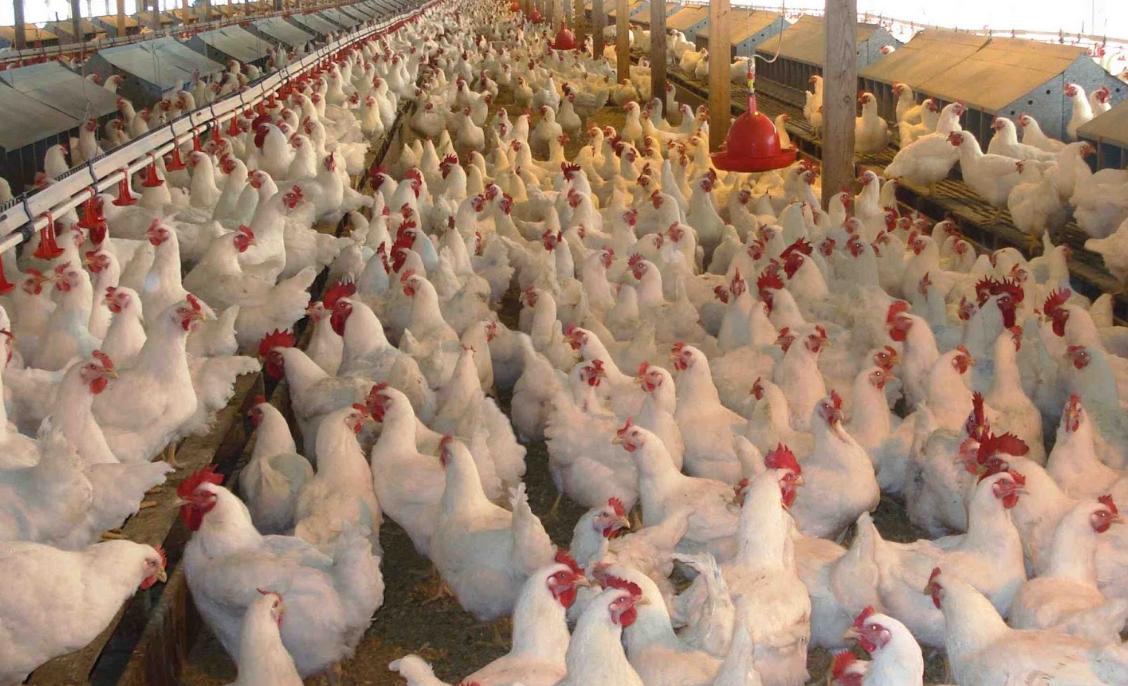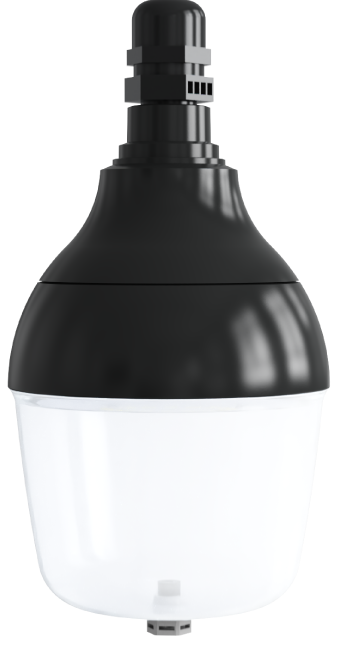What is the Best Lighting for Broilers
What is the Best Lighting for Broilers

Direcotory:
1. Light Source
2. Light Color
3. Light Intensity
4. Photoperiod and Lighting Schedule
5. Economic and Environmental Considerations
The best lighting for broilers depends on a combination of factors, including light source, color, intensity, and photoperiod, which collectively influence growth performance, welfare, and economic efficiency. Based on current research, the following recommendations emerge:
1. Light Source
LEDs are widely recommended due to their energy efficiency, long lifespan, and adaptability. Studies show LED lighting improves feed conversion ratios, body weight, and carcass quality compared to incandescent or fluorescent lamps, while reducing energy costs by up to 82.87%.
Full-spectrum lighting (e.g., combining visible and infrared wavelengths) significantly enhances body weight, reduces oxidative stress, and improves gut microbiota diversity compared to standard white or infrared-only lighting.
2. Light Color
Red light (dim intensity: ~5 lux) is preferred by broilers and supports growth, though higher intensities may improve welfare.
Cool-white LED (6,065 K) outperforms neutral-white (4,100 K) in promoting body weight and muscle development without compromising welfare parameters.
3. Light Intensity
Dim lighting (5–20 lux) is sufficient for growth, with studies showing no adverse effects on performance. For example, 10 lux spot lighting improved live weight and immune organ development. Higher intensities may benefit welfare but require balancing energy costs.
4. Photoperiod and Lighting Schedule
Intermittent lighting (e.g., 1L:3D cycles) enhances resilience to subclinical necrotic enteritis and improves feed efficiency during disease challenges, particularly in antibiotic-free systems.
A 16L:8D cycle promotes better organ growth and feed utilization compared to continuous lighting (23L:1D).
5. Economic and Environmental Considerations
LED systems offer the best technical-economic feasibility due to lower energy consumption and maintenance costs.
Avoid incandescent bulbs, as they increase ambient temperature, gas concentrations, and energy expenses.
A combination of cool-white LED (6,065 K) or full-spectrum lighting at 5–20 lux intensity, paired with an intermittent or 16L:8D photoperiod, is best for balancing growth, welfare, and cost-effectiveness. Adjustments may be needed based on specific production goals (e.g., disease resistance or energy savings).
6. Related Product

_thumb.jpg)